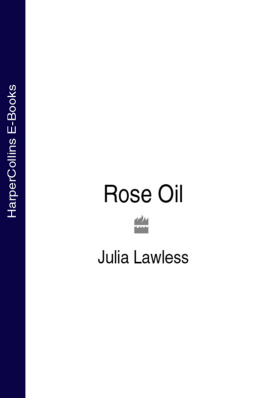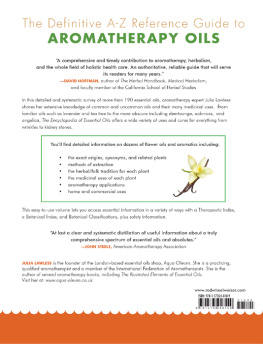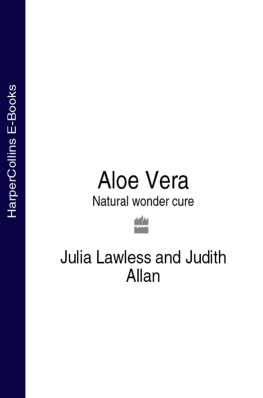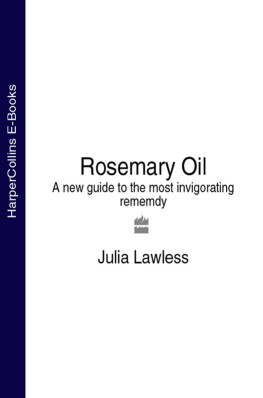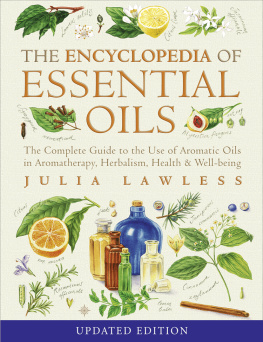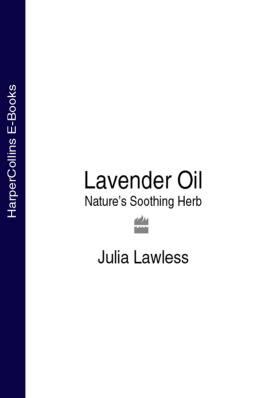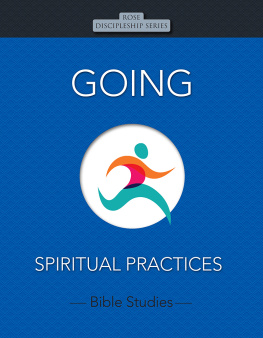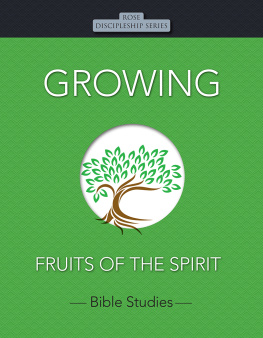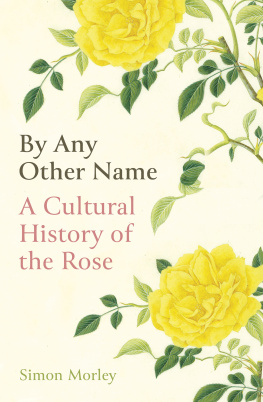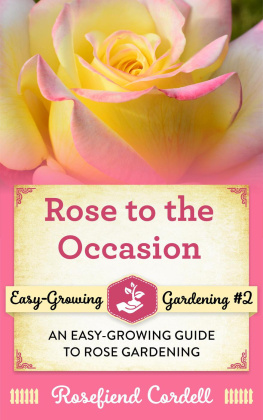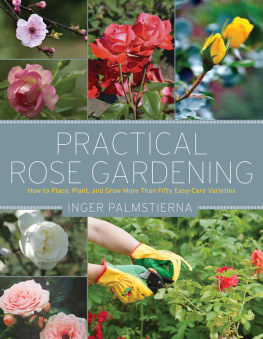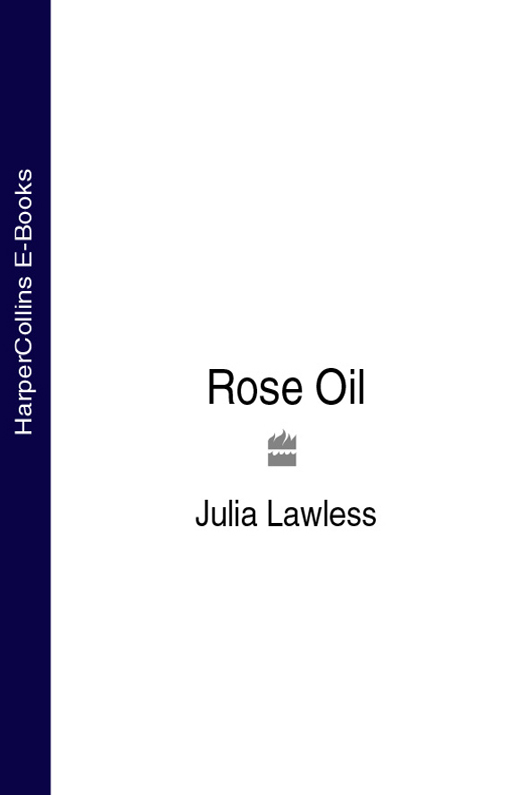
To Didi

Contents

The title Queen of Flowers was bestowed on the rose by the Greek poetess Sappho over 2,500 years ago. Since that time the rose has been transformed from a simple five-petalled blossom into a multitude of cultivated forms. Its role has also undergone a dramatic change: during the early history of its development it was grown principally for its medicinal properties and its perfume; today the rose is known mainly as a garden flower.
Yet there remains something quite unique and ageless about the appeal of a rose. Its perfect form and perfume seem to imbue it with an inner quality, and thus it has always held an honoured place in the imagination of humanity a symbol of divinity and the transcendent nature of the soul. It is with this in mind and an awareness that the rose is the favoured flower of the Sufi tradition that this book is dedicated to my sister-in-law, Didi.
I would also like to thank the following people for their help and assistance over the last few months: John Black for his expertise and for providing technical information; Cara Denman for her guidance; Jane Graham-Maw and those at Thorsons for their sympathetic approach; Len Smith for his editorial notes and advice; and last but not least, my husband Alec and daughter Natasha for their ongoing support.
Julia Lawless
October 1995

Oh, no man knows
Through what wild centuries
Roves back the rose.
Walter de la Mare, All Thats Past
When did the passion for the rose begin? Fossil studies have shown that wild roses were already blooming 40 million years ago! Simple rose images have been identified on murals and in sculptural relief forms dating from the earliest historical times. The oldest of these is depicted on the wall of the excavated Palace of Knossos in Crete, believed to be more than 4,000 years old. A rose is also stamped on one of the oldest coins which has been unearthed, a 2000 BC Hittite artefact. However, these ancient specimens are difficult to identify with botanical accuracy because of the basic nature of the design.
No such doubt exists, however, with respect to a wreath of five-petalled flowers which was discovered in an Egyptian tomb (circa AD 26) by British archaeologist Sir Flinders Petrie in 1888:
Similar remains have also been found in graves throughout Middle Egypt, together with frescoes and scraps of fabric portraying simple roses with five petals. It is significant that the rose was one of the flowers sacred to the Egyptian Goddess Isis, guardian of love and destiny, who has been worshipped for more than 5,000 years! Signs of an ancient rose cult have also been found in India and in Syria even the name Syria comes from the word suri, meaning land of roses. The Holy Rose still grows in Egypt today, and can also be found in remote areas of Northern Ethiopia (the former Abyssinia). In 1920, a monk reported finding a rose growing in an Ethiopian mountain village at an altitude of 8,000 feet!
Trade in roses also became established at a very early stage in history. The royal groves of Ur in the EuphratesTigris region have revealed that the Sumerian King Sargon (26482630 BC) returned from a campaign bringing vines, figs and roses. Caravans wandered from the rivers of Babylonia, taking their cargo with them right across Egypt to North Africa. Arab nomads played a vital role in the distribution of the rose not only throughout the Middle East, but also later by bringing it to Europe.
Botanically speaking, however, it is difficult to locate the exact origin of the first wild rose because the early records are far from complete. What is clear is that from very early times there existed several distinct species of rose which were distributed throughout the northern hemisphere, having two main centres one in Central Asia and the other in Western Europe. These became known as the Old rose varieties because they formed the basis of all the subsequent hybrids, or New roses.
The historical division between Old and New roses is generally taken to be the year 1800, due to the influence of Frances Empress Josephine. From 1808 and 1814 the Empress, wife of Napoleon Bonaparte, established a rose garden at Malmaison (outside Paris) which was unsurpassed. She obtained all the known roses of the time, including the newly arrived Asiatic and Chinese varieties. Their cultivation and propagation became an inspiration to rose-growers throughout the world, and formed the basis for the subsequent hybridization of the innumerable rose varieties.
Since then, roses have been bred as carefully as racehorses, and many new varieties have been developed. Today there are numerous books available on the cultivation of garden roses containing hundreds of lavish, glossy plates illustrating the diversity, beauty and allure of the modern (and often scentless) New rose.
In recent years, however, there has a been a nostalgic return to the appeal of the Old scented rose varieties. Their fragrance, which had often suffered in the pursuit of the perfect form, has also begun to be reevaluated. The most significant of these original and highly scented Old roses, particularly regarding their subsequent cultivation and (highly successful) hybridization for the production of essential oils, are the following:
Rosa gallica (R. rubra) the Gallic Rose
Rosa damascena the Damask Rose
Rosa centifolia the Cabbage Rose
The Gallic Rose
The natural habitat of the Gallic Rose is thought to have been Iran (formerly Persia) and the land between the Black and the Caspian Seas though its real roots are lost in antiquity. Like the Holy Rose, the Gallic Rose originally blossomed in its natural wild state as a simple flower with five petals mostly of a deep pink or rosy-red colour. Later, how-ever, R. gallica also came to exist in a whole range of different forms or sub-species, the best known being R. gallica var. officinalis the Apothecary Rose or the Red Rose, a shrub of 90 cm to 1.5 m (3 to 5 ft) high with very fragrant, semi-double deep crimson flowers and yellow anthers (centre). In early times, the petals of this variety were often made into a fragrant powder valued for its pharmaceutical properties. After the Middle Ages it also became known as the French Rose or the Rose of Provins because it was grown in high quantities in the French region of Provence, mainly for use in perfumery. Varieties of the Gallic Rose are still used for the production of essential oils, for example by the British pioneer microbiologist, Peter Wilde.
The Damask Rose
The Damask Rose (Rosa damascena) so called because it was presumed to have been brought originally from Damascus in Syria bears pink or red, very fragrant double flowers with up to 36 petals each, borne on arching stems reaching to 2 m (7 ft) long. This was the rose most used by the early Arab perfume makers, who introduced it to Europe. It is still used to produce a very high quality essential oil, attar of rose (and absolute), mainly for use in perfumery. Today it is cultivated on a large scale in Bulgaria and Turkey, and to a lesser extent in Russia, India and Iran. It too has been recorded in many different forms or sub-species, notably the 30-petalled variety, Trigintipetala.

